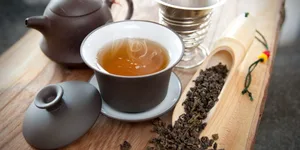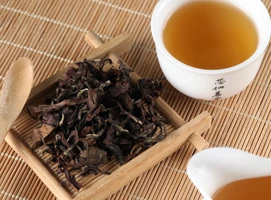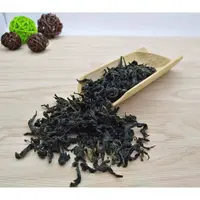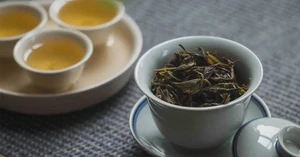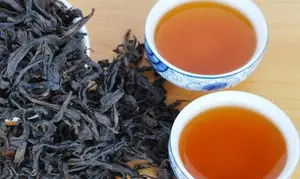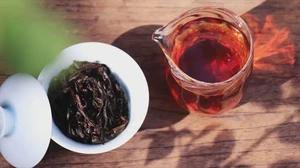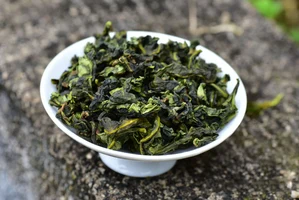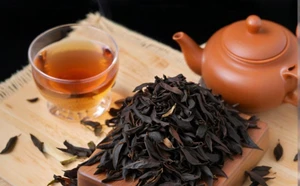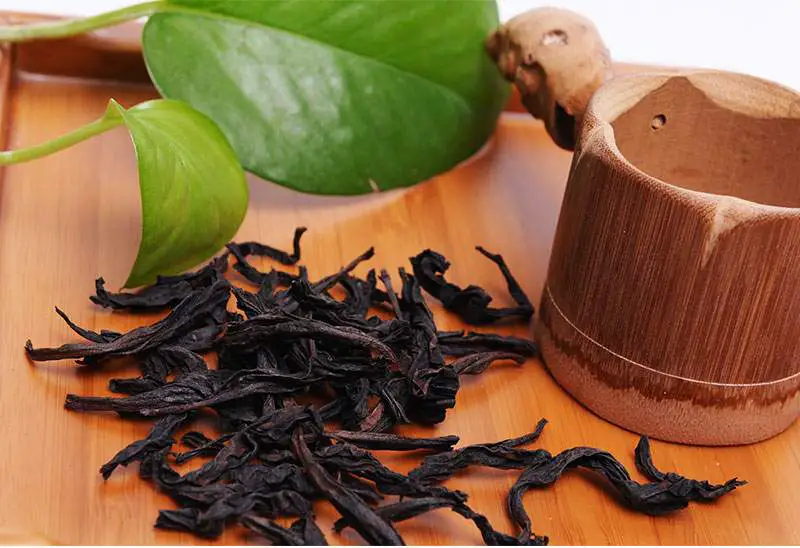Historical Origins of Chinese Oolong Tea
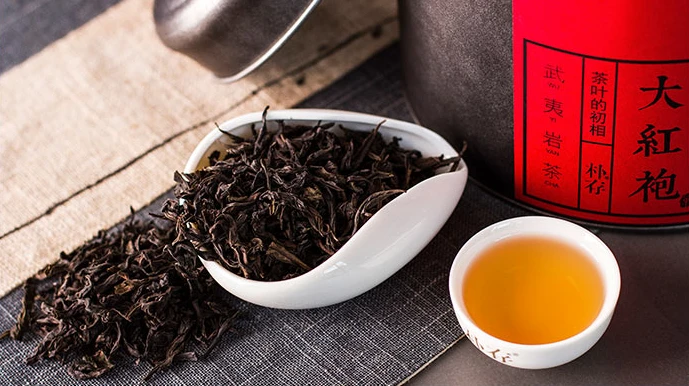
Legends and Development
Chinese oolong tea has a rich history dating back to the Ming Dynasty (1368-1644) with legends surrounding its creation. The most famous legend tells of a tea farmer named Wei Yin who was distracted by a deer while picking tea leaves, causing them to partially oxidize and create the first oolong.
The term "oolong" (literally "black dragon") may refer to the dark, twisted appearance of the processed leaves or the serpentine movements of the rolling process. Historical records suggest oolong tea production began in Fujian Province during the 16th century.
By the Qing Dynasty (1644-1912), oolong tea had gained imperial favor and became a significant export commodity. The complex processing techniques were refined over centuries, with different regions developing their distinctive styles and varieties.
"Oolong is the tea of transformation - where green becomes gold through the master's touch." — Ancient Tea Proverb
Timeline of Oolong Tea Development
16th Century
First oolong teas developed in Fujian Province
17th Century
Oolong tea gains popularity in imperial courts
18th Century
Export trade to Europe and Southeast Asia begins
19th Century
Processing techniques refined and regional styles established
Modern Era
Global appreciation and UNESCO recognition of traditional methods
